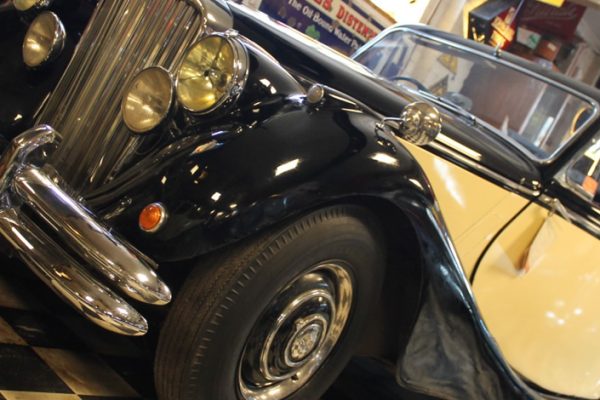1956
XK refers to the legendary range of XK twin overhead camshaft engines. Its predecessor was the XK120, with a top speed of 120mph. Despote the name, the XK 140 could not actually reach 140mph and was originally referred to as the XK120 Mark 4. The styling was similar to the XK120, but the engine was moved forward by three inches to create more cabin space. Also the bumpers were larger, the suspension redesigned and more precise rack-and-pinion steering fitted. Although all these upgrades and weight gains made the XK140 more acceptable to the important American market, fitting a more powerful 180bhp, six-cylinder 3.4-litre engine meant that the XK140 could still manage 120mph. In 1957 it became the rather less graceful looking, but otherwise much improved, XK150. Disc brakes and more powerful engines meant that, in 150S form, it could top 135mph. In 1961 the XK150 was succeeded by the revolutionary XKE, better known as the E-type.
View Landrover collection »


